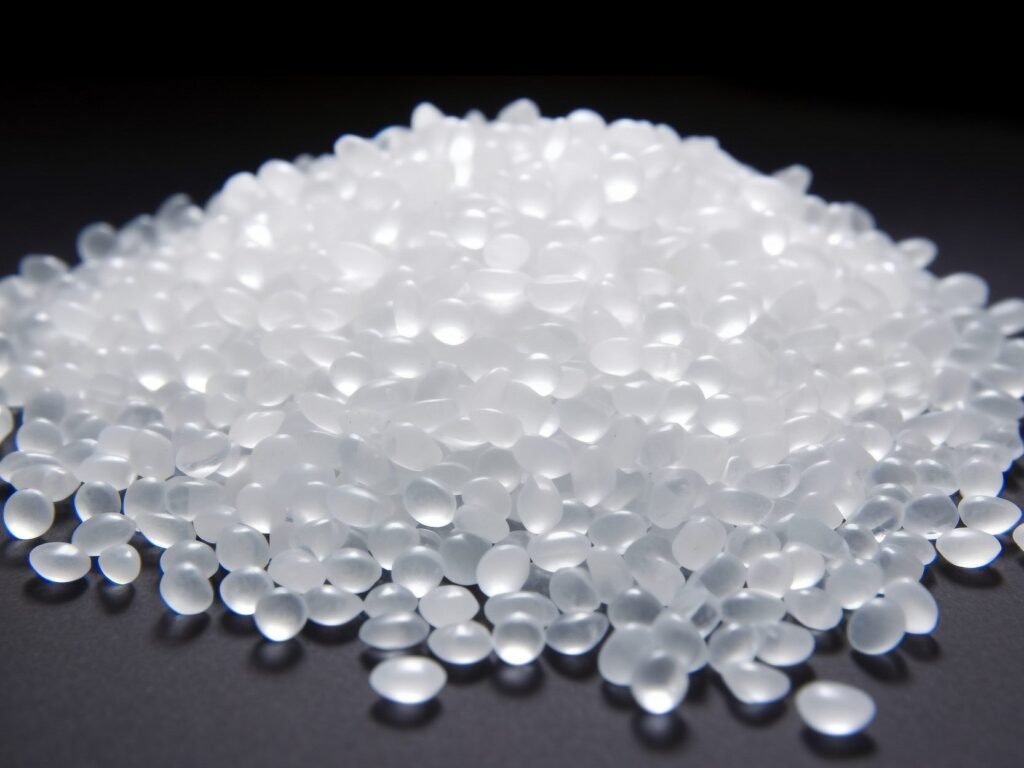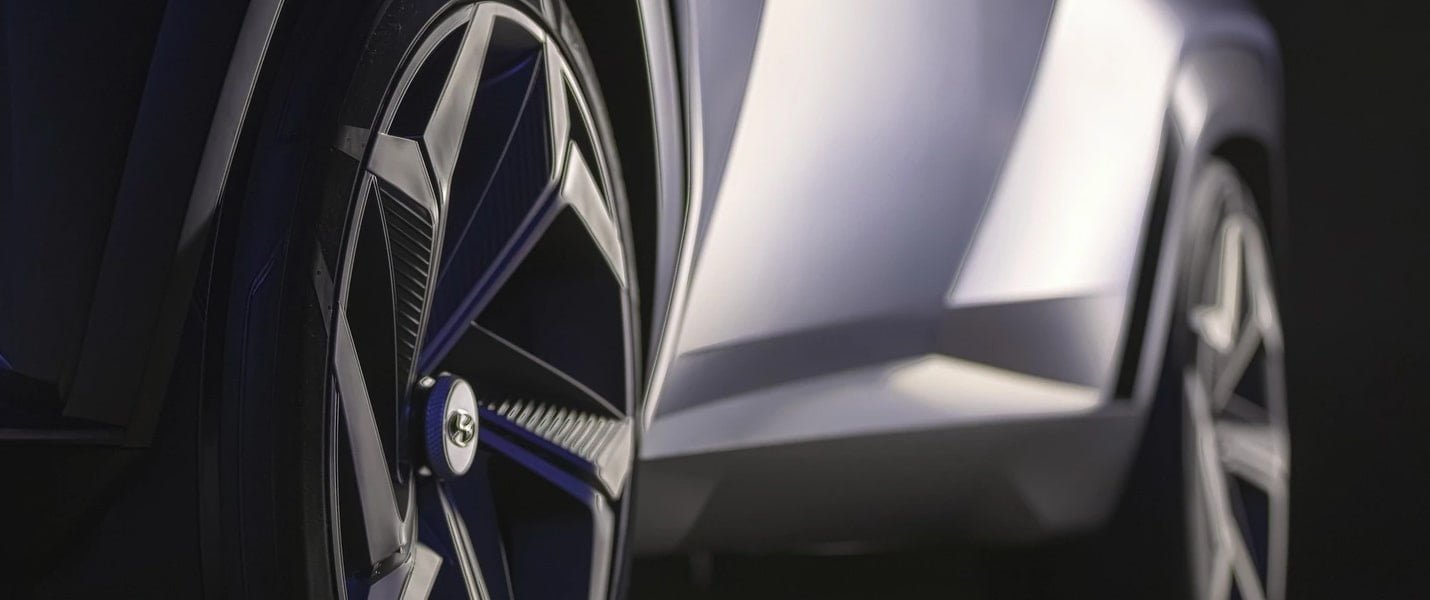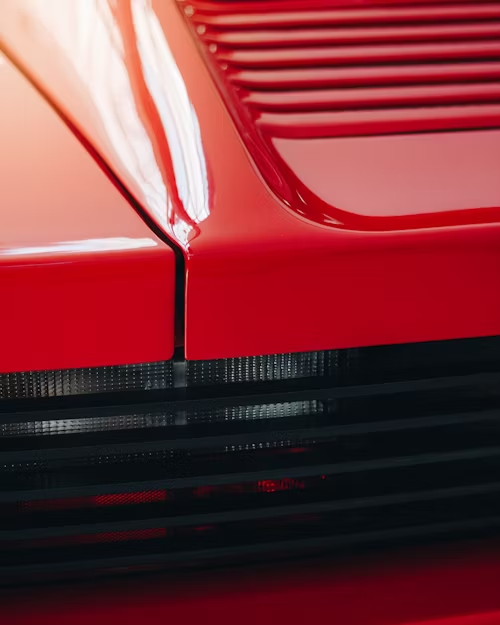bluemacaw paint
In the automotive industry, automotive paints are a key element in adding value to a vehicle. Not only does it give the car an eye-catching look, but it also provides important protection features. With excellent adhesion, high-quality automotive paint adheres closely to the car body, forming a strong paint film, effectively resisting external erosion, and ensuring that the car can remain in good condition in all environments. At the same time, its rich and long-lasting colors and attractive luster greatly enhance the visual appeal and market competitiveness of the car.
Behind all this outstanding performance is the subtle combination and synergy of resins, pigments, solvents and additives in automotive paints. Next, we’ll take a closer look at the properties of these components and how they interact with each other, unraveling the chemistry behind the superior performance of automotive paints, helping you better understand and select high-quality automotive paint products.
Resin
As the main component of automotive paint, resin is the basic substance that determines the performance of automotive paint. Different types of resins play different roles in automotive paints. For example, acrylic resins are favored for their excellent weather and UV resistance. In the case of long-term exposure to sunlight and harsh weather conditions, the acrylic resin forms a paint film that can effectively resist UV rays, prevent paint fading and aging, and maintain the long-lasting beauty of the car.
Polyurethane resins, on the other hand, are known for their excellent abrasion and scratch resistance. When a car encounters minor scratches during daily driving, the polyurethane resin coating can provide sufficient hardness and toughness to reduce scratches and protect the integrity of the body surface.
Epoxy resins are often used as the main ingredient in primers due to their strong adhesion to metal surfaces. It adheres tightly to metal surfaces, forming strong joints and providing a stable base for subsequent basecoats and varnishes, enhancing the adhesion and durability of the entire coating system.

Pigment
Pigments are the key ingredient in automotive paint that imparts its rich colors. In addition to the presentation of colors, pigments also play an important role in protecting the body. Organic pigments usually provide bright and bright colors and are widely used in automotive coatings that pursue fashion and personalization. They not only make the appearance of the car more attractive, but also reflect ultraviolet rays to a certain extent, reducing the damage to the paint film by ultraviolet rays.
Inorganic pigments provide automotive paint with longer color stability with their excellent light and chemical resistance. Inorganic pigments are more common in some classic models or cars that require high durability. For example, iron oxide pigments are often used to make automotive paints in colors such as red, brown and yellow. They have good weather resistance and hiding power, which can ensure that the color of the car remains bright after long-term use.
In addition, special effect pigments such as metallic pigments and pearlescent pigments bring unique visual effects to automotive paint. The aluminum powder or copper powder in metal pigments can make the car paint show a metallic luster and texture in the sun, increasing the luxury and three-dimensionality of the vehicle. Pearl pigment scatters light, making the car paint appear a soft and dreamy pearly effect, improving the appearance of the car.
Solvent
Solvents play an important role in dissolving resins and pigments in automotive paint, allowing the paint to be evenly applied to the surface of the car body during construction. At the same time, the volatile properties of the solvent also determine the drying speed and drying quality of the paint.
Traditional organic solvents such as toluene, xylene, etc. have good solubility and volatile properties, and can quickly dissolve resins and pigments, making the paint have good fluidity and construction properties. However, due to the high emission of volatile organic compounds (VOCs) in organic solvents, it has certain potential harm to the environment and human health. In recent years, water-based solvents have become increasingly widely used in automotive paints.
Water-based solvents are mainly composed of water and have the advantages of environmentally friendly and low VOC emissions. Although the drying speed of aqueous solvents is relatively slow, by optimizing the formulation and construction process, the construction requirements of automotive paint have been met, and after drying, it can form similar properties and quality as traditional solvent-based paints.
Additive
Although additives contain relatively little content in automotive paint, they play a crucial role in optimizing the performance of automotive paint. For example, desiccants can accelerate the drying speed of paint and improve production efficiency; leveling agents can make the paint form a flatter and smoother paint film during the drying process, reducing the occurrence of defects such as orange peel and shrinkage; anti-ultraviolet stabilizers can Enhance the resistance of the paint film to ultraviolet rays and extend the service life of automotive paint; anti-corrosion additives can further improve the corrosion resistance of automotive paint to metal surfaces and protect the car body from corrosion.
The synergy of the ingredients
During the drying process of automotive paint, the solvent gradually evaporates, and the resin molecules crosslink to each other to form a solid paint film, and the pigment is evenly dispersed in the paint film, exerting its color and protective role. The additives work together in this process to ensure the quality and performance of the paint film to reach the best state.
Through an in-depth understanding of the components such as resins, pigments, solvents and additives in automotive paint, we can clearly see the complex and exquisite chemical principles behind automotive paint. The interaction and synergy between these components enables automotive paint to achieve excellent performance such as adhesion, film formation, durability, color presentation and gloss, providing the car with dual guarantees of aesthetics and protection.







